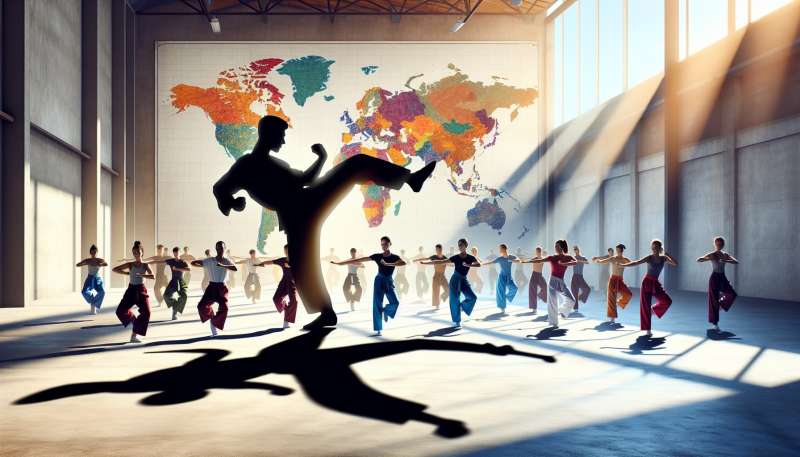
Kung Fu: Cultural Struggles
Kung Fu, deeply intertwined with Chinese history, faced suppression during the Cultural Revolution (1966-1976) as Mao Zedong's government aimed to eradicate 'old customs, culture, habits, and ideas.'
Cultural Revolution Impact
The Cultural Revolution targeted traditional martial arts, viewed as a remnant of feudal society. Practitioners were persecuted, schools closed, and historical texts destroyed in the effort to modernize China's ideology.
Survival Underground
Despite the ban, Kung Fu survived clandestinely. Masters passed down their knowledge in secret, ensuring the art form's survival. This underground movement helped preserve Kung Fu for future generations.
Wushu: State-Endorsed Sport
To promote national pride, the Chinese government later endorsed Wushu, a performance-based martial art, distinguishing it from traditional Kung Fu, which emphasized self-defense and combat effectiveness.
Kung Fu's Resurgence
After the Cultural Revolution, China's reform policies allowed traditional Kung Fu to resurface. It regained popularity, becoming a symbol of Chinese cultural heritage and national identity.
Global Kung Fu Craze
Interestingly, during China's Kung Fu prohibition, the art form gained international fame. Bruce Lee's films sparked a worldwide Kung Fu craze, furthering its legacy despite its domestic suppression.
Modern Kung Fu Evolution
Today, Kung Fu is a blend of tradition and modernity, with its philosophy influencing various aspects of life, from physical fitness to mental discipline, and is celebrated annually on World Kung Fu Day.
Who aimed to eradicate 'old customs'?
Wushu practitioners
Bruce Lee movies
Mao Zedong's government
Company